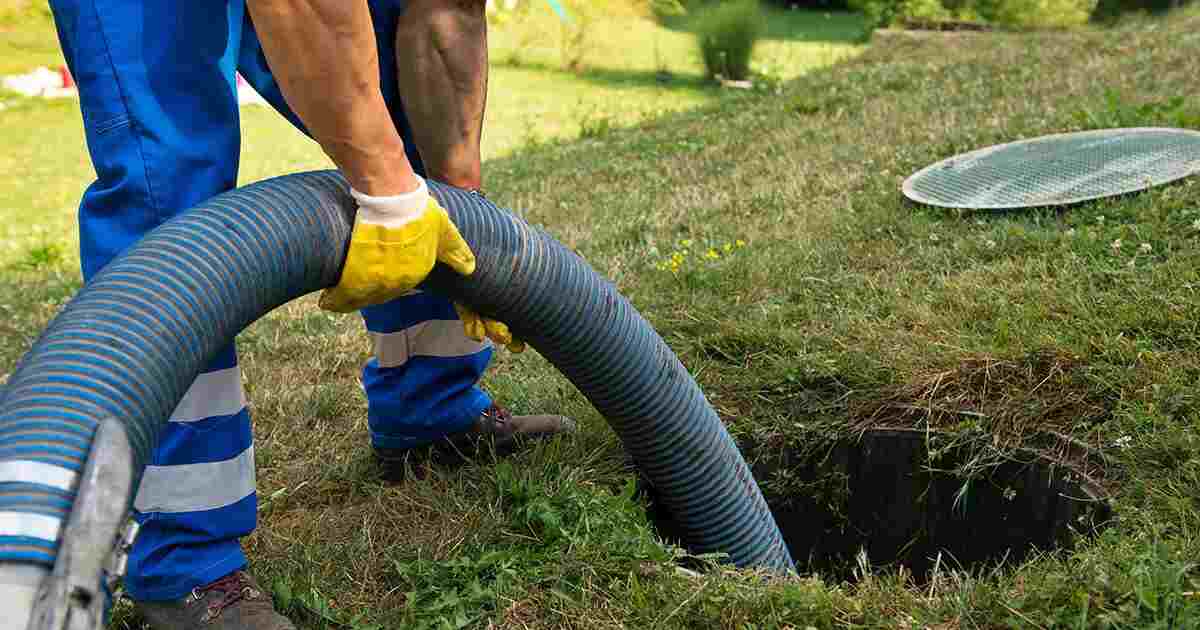How To Fix Clogged Septic Tank
Experiencing slow drains, pooling water in the yard, or foul odors often indicate a clogging pipe. Fortunately, there are methods for removing clogs in your sewage system without calling a specialist to inspect septic tanks in Reno NV. Begin by examining your septic tank for visible blockages and seeing if you can force them out. Consider utilizing a mechanical auger if you need to reach the clog deeper inside a pipe. Once you have removed the blockage, perform preventative maintenance for the septic system to ensure it functions properly.
Methods To Fix Clogged Septic Tank
Removing Accessible Clogs
• Check the inlet pipe by lifting the access lid nearest to your property. Lift the lid carefully and inspect the tank’s inside to determine if anything is blocking the white or green pipe. If there is, the blockage might be the source of the issue.
• If there’s scum stuck in the inlet pipe, use a pole or a stick to push it away. It is a layer of solid waste that accumulates on the septic tank’s surface. Move the scum down or to the side of the input pipe using a long, sturdy piece of wood or metal. Continue to push as much muck from the pipeline as possible so that it may keep refilling your tank.
• If the blockage is deeper inside the pipe, use the pole or stick to probe the end. Scrape the pipe’s sidewalls with the end of your probe and push any waste into the tank. If the clog is near the pipe’s end, you should be able to break it apart and get the water flowing again. The blockage is deeper if water does not drain from the pipe.
• Thoroughly clean your used tools with a 5:1 water and bleach solution. Drop your tools in the solution and wait approximately 5 minutes to destroy any bacteria left on the surface. Once you have resolved the issue, put the access lid back on the septic tank. However, if you have not cleared the clog, leave the top open to insert a mechanical auger.
• Seek professional assistance from plumbers in Reno for the periodic inspection of your septic tank. They will drain your septic tank, preventing scum from reentering the pipes.
Using Mechanical Auger
• After removing the septic tank access lid, insert a mechanical auger’s cutting blade into the clogged line. It is a long metal cable with a rotating bit to cut through the clog. Begin at the clogged pipe’s end. Insert the auger’s cutting blade into the clogged pipe and push the line about 1-2 feet. Since mechanical augers have rotating and moving parts, wear safety glasses and gloves to protect yourself if you lose control of the machine.
• Continue feeding the auger farther into the pipe unless you hit resistance. To break the blockage apart, use short, back-and-forth strokes with the auger until it moves freely through it.
• Now, switch the auger off before removing it from the pipe. Pull the auger end carefully out of the pipe and clear any lodged debris or trash with a hose or paper towel.
Preventing Clogs
• Since septic tanks are only designed to handle water, human waste, and toilet paper, additional materials can block the entire system. Avoid discarding paper towels, wet pipes, food scraps, and other solid materials down the drains.
• Efficient water usage can help the septic system to drain appropriately. If you have any old or leaking fixtures, consider repairing or replacing them with more energy-efficient systems, such as toilets that flush less water or faucets with aerators.
• Heavy weight can cause the pipes of your septic tank to collapse or break, so avoid driving over the area. Plant roots can also grow into pipes or septic tanks, enabling them to clog. Keep trees and plants at least 20-30 feet away from your septic system, preventing roots from growing inside.
• To enhance drainage, clean the effluent filter on the outflow pipe. It is a plastic cylinder in the outlet pipe of your septic tank that stops solid waste from escaping. Check your filter after having your tank pumped or examined to ensure it isn’t clogged.
• Every three years, get your septic tank examined by a professional. Septic tanks typically take 3-5 years to fill, although this might vary based on the size and amount of water used. Contact an expert to inspect your system’s water levels and pipes to see whether any changes are required.



